In June 2021, in the aftermath of the murder of George Floyd, ten of the nation’s leading and historic Black publishers launched an innovative news collaborative designed to elevate the voices of Black America both locally and nationally. The ongoing initiative is called Word In Black, a publication service with a bold vision: to be the most trusted news and information source for, about and by Black people.
In 2023, the W.K. Kellogg Foundation (WKKF) invested in the work of Word In Black to tell local and national stories of racial healing. This support for media outlets owned and operated by Black journalists is dedicated to sharing concrete examples of racial healing, especially as it is experienced by Black people and within Black communities. The stories demonstrate how Black Americans have relied upon culturally-specific healing practices for hundreds of years, as a critical counterpart to living through racism.
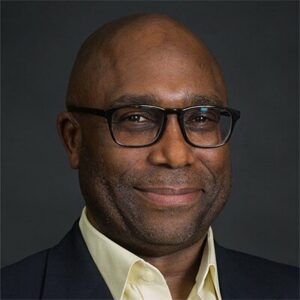
Joseph Williams
Veteran journalist, political analyst, and essayist Joseph Williams served as the lead reporter for Word in Black’s series on racial healing. Williams has been published in a wide range of publications, including The New York Times, The Washington Post, Politico, The Boston Globe, The Atlantic and US News & World Report. WKKF Communications Officer Stephanie Dukes sat down with Williams to discuss the work behind the Racial Healing series.
Stephanie Dukes: What were you curious about when you were invited to take the lead on this coverage?
Joseph Williams: I was curious about everything. Racial healing was a concept that I really hadn’t heard before — the specifics really kind of eluded me. I started by talking to the people at the Association of American Colleges & Universities. That helped me catch on.
I got a graduate-level education on all of this; I was introduced to a lot of different concepts and writing about people’s experiences and the different facets that healing can take. Healing is more than just redress or reparations or yelling at the white man or something. It’s self-empowerment and self-care, and absorbing a new narrative about what it means to be Black in America.
What struck me was how broad all of this is. From coast to coast, there are organizations I didn’t even get to, half of the ones that I saw, using art, technology, medicine, activism, nature, introspection to accomplish the healing work that’s been needed almost since liberation. It was great to hear a bunch of different perspectives, and it was encouraging to see that the work is taking place on a grassroots level, nationwide.
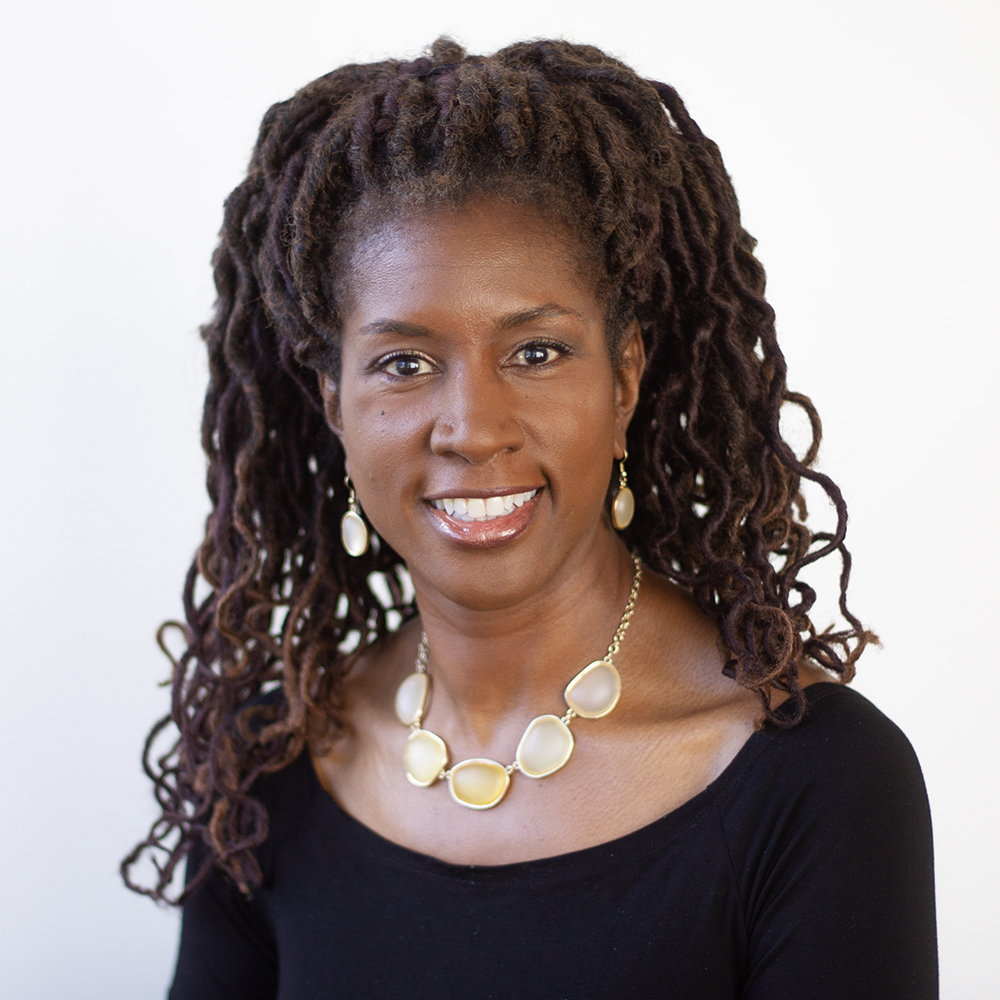
Stephanie Dukes
Stephanie Dukes: With any good reporting, there is often a degree of skepticism with which a journalist enters into coverage and reporting stories. How did your journalistic skepticism show up in covering these stories?
Joseph Williams: I was skeptical because part of my background is writing about public health. There are all these studies and all these statistics time and time again about how Black Americans are doing so much worse off than white Americans across the board. It didn’t change with income, education, where you were born or your zip code, no matter what. From Serena Williams almost dying giving birth, to the constant health issues that were exposed by the pandemic among frontline workers who were basically earning an hourly wage, Black people were doing poorly across the board. And so when I came to the racial healing project, I thought: “How the heck can we heal? How is that going to happen? How are we healing from this?” It was very heartening and encouraging to find out there are people that really believe that healing is possible.
Those examples span from the work that Gail Christopher has been doing for a long time, to the work that Joy DeGruy is doing. People in Chicago, people in Atlanta, people in Texas. Zee Clarke was talking about healing through an ancient practice that — talk about skeptical; Black people, yoga, meditation? In a certain context, that’s the epitome of things that Black people are not supposed to be able to do — but not only did Zee Clarke go over to India to study, but she spent time in India studying mindfulness and the practice of breathing and techniques that are centuries and millennia old. She left behind a very lucrative career to do it. And to me, if that’s not commitment, I don’t know what is.
She’ll share how she uses box breathing to take herself out of anxiety and stress and to slow life down. She was the example of how you take an idea and a concept and apply it to healing that can make a difference across generations. She was willing to leave behind this major career to hand out essentially free samples to anybody who wants them. That convinced me that racial healing was a thing.
The other part was the healing circles at Spelman, the healing circles at Morgan State in Baltimore. Those are also things that are free to do, but once you do them and you have people sharing that they made a difference, hearing that message over and over and over again, hearing the consistency of how people were talking about the work of healing, that kind of convinced me that racial healing was a thing and it’s real and that it’s happening across the country.
Stephanie Dukes: One thing that we try to remind ourselves of at WKKF, is that like Indigenous folks, Asian folks, like other cultures across the world, Black people have always had healing pathways. We as Black Americans have accessed those healing pathways since our ancestors were brought here. One of the things that we found really exciting about your work on the series is that you looked at those existing healing pathways as they might take shape across different settings. You talked about technology and health care, you talked about student settings. Were there spaces in which you really saw, as a Black man, as a Black reporter, healing pathways and healing traditions that were familiar to you?
Joseph Williams: Most definitely. The two that come to mind were the Sankofa Project and Brothers Talking, both in Chicago.
Experience Sankofa created a walking museum through history, where you see how the ancient Nubians and the ancient Africans all had these great civilizations that were real and flourishing. It puts the narrative behind us that Black people in the US don’t have a tradition and don’t have anything that we can cling to from antiquity. Africa was not uncivilized and uncultured. That was familiar from my upbringing, where we were taught how Africa was a cradle of civilization. We were taught that great things were accomplished on the continent, and that people who plucked us from there and kidnapped us from there and brought us here really had no concept of that. And that dehumanization was very deliberate.
Brothers Talking was very much like some things familiar in my past, where all the men get together and talk. You enter a space where you take off the mask and you can just kind of be. You can be yourself. You can talk about what you really feel. That’s something that we as Black men are trained not to do, especially if we’re out in society; we’re either predators or we’re implacable, right? People don’t really understand that there’s a vulnerability and a humanity to Black men. That was very special to me, it reminded me of when my uncles and my dad and I get together and we just talk, and we can just be real, and that’s very much healing.
Joy DeGruy even brought it up when in one of the Wellness Wednesdays; she was talking about how she was in someplace where the Black population is minuscule, and she saw someone on the street who recognized her, and they started up a conversation. She said that was like a moment of healing. It reminded me of when, if I’m walking down the street and I see another brother walking in my direction, a lot of times we’ll just give kind of a nod, and that’s nothing – it’s nothing, but it’s something. We see each other. And being seen is another very significant part of a healing journey.
I found that there were a lot of things in common. First was reversing the narrative, changing the story internally as well as externally. Second was creating a safe space, having some measure of safety, to be able to take the mask off and to be able to breathe. The third is self love and self care. Being in this safe space where you’re able to take off the mask and being able to breathe – now you’ve got to care for yourself. Self care is not an indulgence. In some ways, it’s a necessity.
And fourth is being visible. Being able to see one another, being able to see yourself not just in the mirror, but also in history and context, in the fact that we’re in this place that is sometimes very hostile. But when we see each other, we know that we’re not here by ourselves. We know we’re not alone. I thought those were four things that seemed to be consistent throughout all the discussions I had with people about how they’re using healing, how they’re accomplishing racial healing.
Stephanie Dukes: Did you find yourself taking a different approach in your research, coverage and writing of these stories than you might have previously taken as a seasoned journalist who’s been writing about issues of race and racism and systemic racism for a while now?
Joseph Williams: Initially, as I said, my cynicism was very strong from the start because that’s what we’re trained to be as a journalist. We want to find out what’s real, what’s not. You use those skills to get at the truth. Over the course of maybe three or four stories, I started to think, okay, I can believe. I can understand, I can trust. And that was an eye opener.
It was more storytelling than reporting, and it was more telling people’s stories. How did you get from a corporate job to a meditation retreat in India? How did you get from being an engineer – in the case of Ashanti Branch, who’s doing work with school kids – how did you get from being an engineer to running this nonprofit where you’re looking after Black and Brown kids who are potentially being left behind?
You get people talking about their own personal journey of healing, and if they can do it, then you can, too. That’s the sort of approach that I found myself adopting over time, that I’m telling people’s stories and in these stories, offering instruction about how somebody who’s picking up the paper or coming to the website can look at and say, oh, I can do that. And that’s kind of my own form of helping, my own minuscule way of contributing to the cause, if you know what I mean.
Stephanie Dukes: You reminded me of it when you were talking about Dr. DeGruy and Wellness Wednesdays, and a panelist, Darrell Wade who founded Black Men’s Wellness, talked about there being this renaissance of healing. Is that something that you feel like you discovered, this renaissance of healing, among specifically Black communities in a way that’s being driven by Black folks, for Black folks?
Joseph Williams: Absolutely. All of them felt that way: the healing has to start somewhere, and we can’t wait; we’re the ones we’re waiting for. The renaissance of healing is happening because people are coming at it from so many different angles. One of the stories I didn’t get into was how hiking and being outdoors is very much a form of healing, and there are several Black clubs that are doing that. The Renaissance, the way I view it, is it’s everything from technology to nature, and everything in between. Breathing, history, self care, creating a safe space, being able to tell stories, being able to tell your own story. It’s a broad spectrum, and I think it’s getting broader, and I think that everything that people bring to it creatively brings us that much closer to a universal declaration of healing.
Stephanie Dukes: The body of work that you were able to accomplish and all the people who were involved in contributing that content was incredible. I’m wondering, if you had the opportunity, which angles you really want to go back and pursue that you didn’t have the opportunity to this time around?
Joseph Williams: I would want to go back and talk more about technical aspects of it. The story is how you got from A to B. But the technical part of the journey is: what steps did you take? The format was fairly condensed, so I didn’t get a chance to get into a lot of detail. I would like to go back and tell a fuller story and offer more practical information. I know that from my own experience, sometimes the story is not enough; you need practical steps. You need to know how to go from here to here to here.
There are still more stories out there. Anywhere you’ll find Black people, or even places where you don’t think you will, there will be somebody working on healing, even if they don’t call it that.

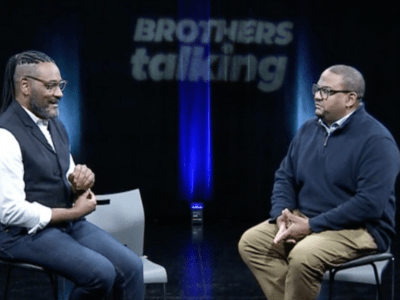
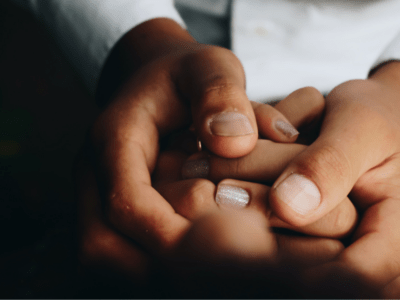
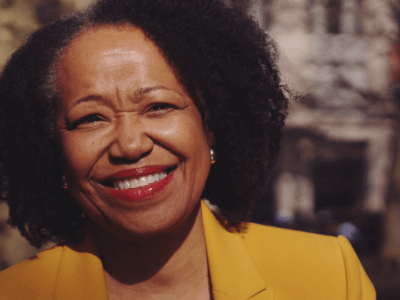
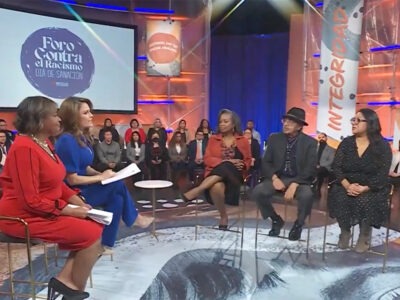
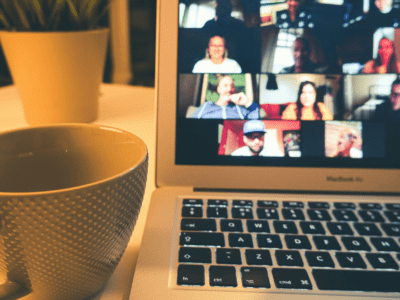
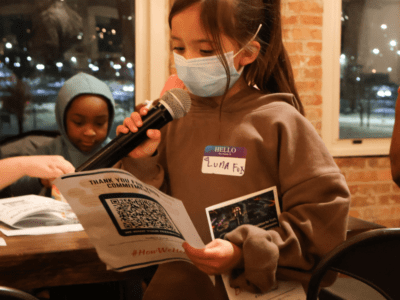

Comments